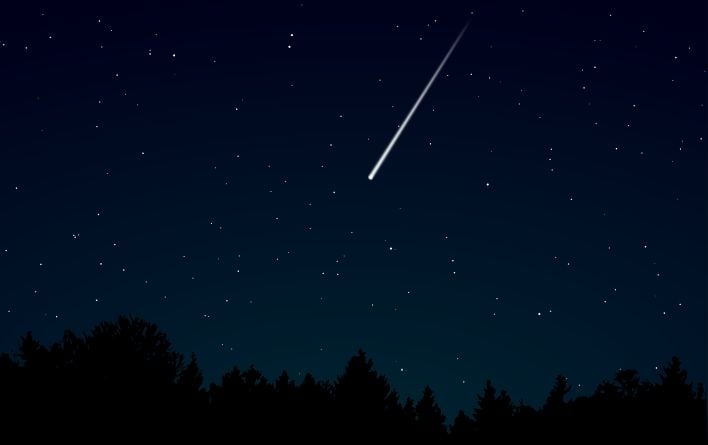Perseids Meteor Shower: How To Catch This Year's Epic Stargazing Event
Perseids originates from the dusty remnants of Comet 109P/Swift-Tuttle, which is a massive 16 mile-wide (26 kilometers) icy wanderer that takes 133 years to orbit the Sun. (Random factoid: Swift-Tuttle's last inner solar system visit was way back in 1992.) Each year, as Earth passes through the comet's debris trail, these tiny bits of rock and ice collide with our atmosphere at around 37 miles per second (60 kilometers per second). When the friction ignites them, it creates streaks of light, a.k.a. shooting stars.
What sets the Perseids apart is not just their speed, but their vibrancy. These meteors often leave behind long, luminous streaks of light and color. Sky gazers should also keep an eye out for fireballs: these are larger, brighter explosions of light that persist longer than average meteor streaks. At its peak, you can expect to see anywhere from 50 to 100 meteors per hour under ideal viewing conditions, making it one of the most prolific showers of the year.

The meteor shower is best viewed from the Northern Hemisphere extending down to mid-southern latitudes. The meteors appear to radiate from the constellation Perseus, hence the name of the shower. While finding Perseus can be a bit tricky, it conveniently follows the more easily identifiable constellation Cassiopeia across the night sky. However, you don't need to track to that particular spot; meteors can appear anywhere in the sky, so a wide, open view is your best bet.
To truly maximize your meteor-watching adventure, here are a few pointers:
- Find a dark sky location: Escape city lights and light pollution as much as possible. The darker your surroundings, the more meteors you'll see.
- Be patient: Give your eyes at least 10-15 minutes to adjust to the darkness. Now's the best time to stay off your phones!
- Get comfortable: Bring a blanket or a reclining chair. Stargazing is a waiting game, and comfort could make or break the experience.
- Look up, though not necessarily at Perseus: While the meteors originate from Perseus, they can streak across any part of the sky. Just relax and let your eyes take it all in.

